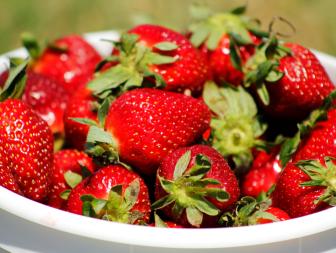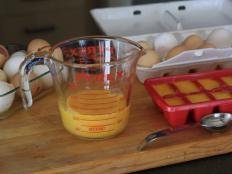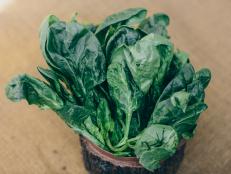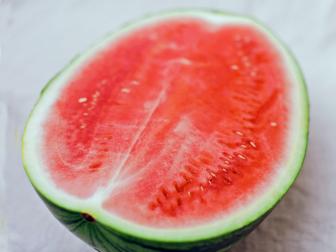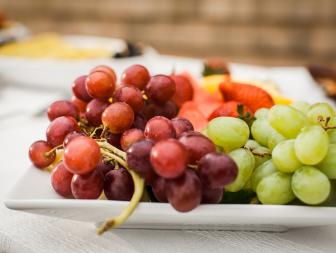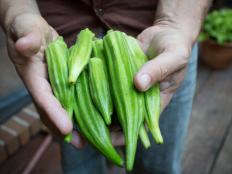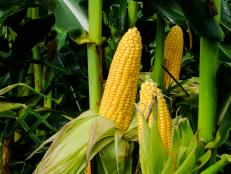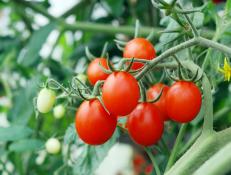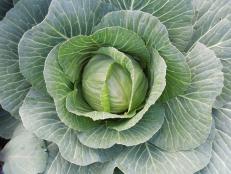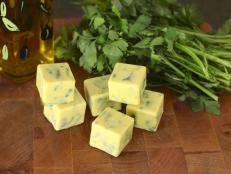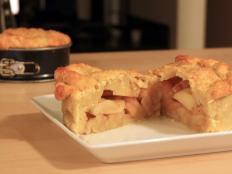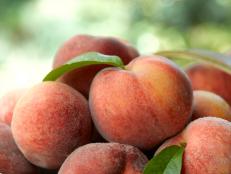How to Freeze Vegetables, Fruit and Other Surprising Things
Sun-ripened flavors and healthy nutrients can be prolonged with freezing. But there's an art in knowing what — and how — to freeze fruits, veggies and everything from milk to herbs to eggs.
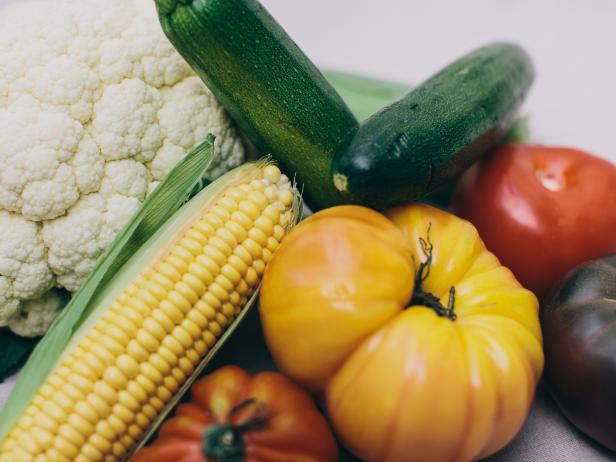
2013, Image courtesy of Ben Rollins
A juicy tomato, crisp broccoli, pungent peppers —can you freeze vegetables and other produce and still savor the same rich taste later? Yes, you can, and the process isn't hard. Once you understand some basic terms about freezing fruit and vegetables, you'll be on your way. Learn how to freeze vegetables and fruit and keep your family eating healthy all year long.
The secret to wonderful frozen vegetables and fruit lies in the quality of produce you use. Freezing can't enhance an apple or corn's flavor or quality, so it's vital to start with the freshest veggies you can find. If you're not growing your own, look for fruit and vegetables in season at local farmers' markets. Or purchase family favorites in bulk when they're on sale at the store.
Can You Freeze It?
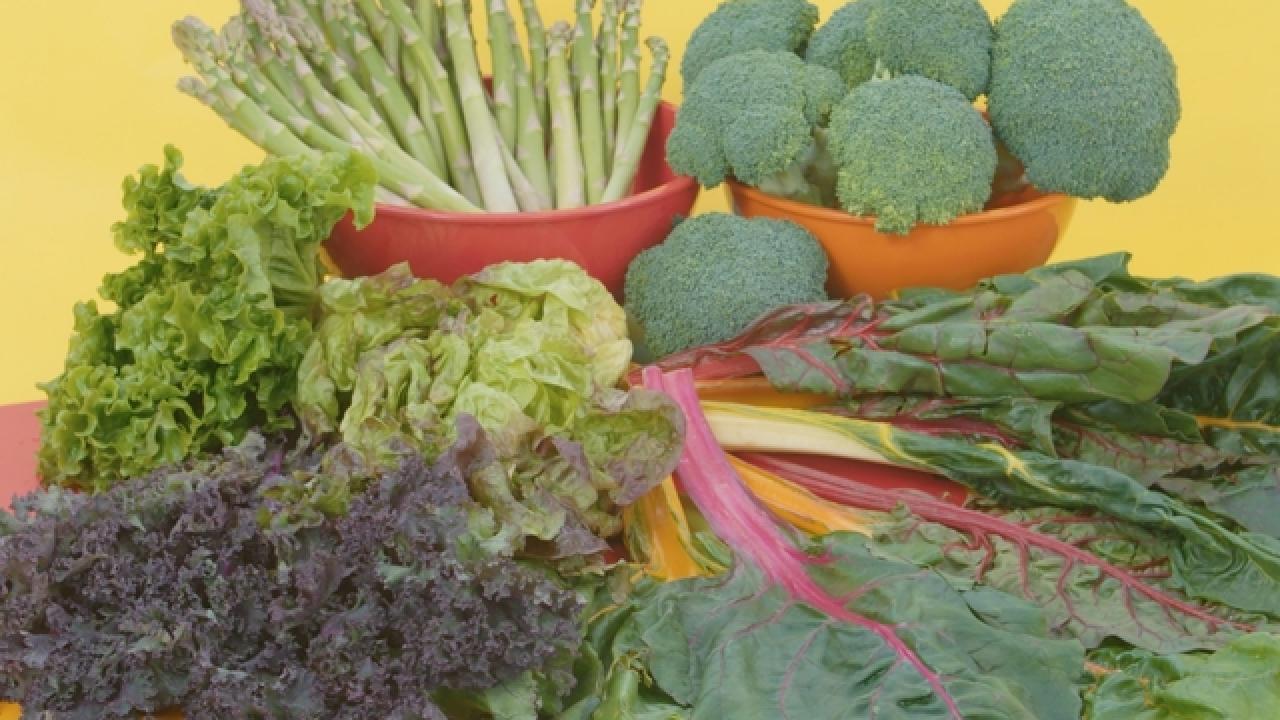
Plan ahead so you'll be freezing vegetables within a few hours of picking or purchasing, if possible. The less time you store veggies before freezing, the better flavor and texture your frozen produce will have.
You can use several methods to go about freezing vegetables and fruit. Some, like onions and peppers, can be frozen raw with good results. The veggie consistency changes and they lose their crunchy texture, but the frozen result is tasty and versatile in cooking. For many other fruit and vegetables, it's important to blanch, or partially cook the items, prior to freezing.
Freezing Locks in Nutrients
See All PhotosWith blanching, you scald vegetables in boiling water or steam for a brief time. Blanching stops the enzymes that cause vegetables to decay, a process that occurs even in frozen storage. The process helps preserve produce color, texture, flavor and nutrients. Under-blanching awakens decay enzymes and is actually worse than not blanching at all. Over-blanching is like overcooking and zaps flavor, color and nutrients. Blanching times vary by vegetable. Check here for blanching times for popular veggies.
More (Surprising) Things You Can Freeze
To blanch in boiling water, prepare vegetables according to recipe directions and add to boiling water. Don't add too many vegetables to water at once, or you risk cooling the water. A general rule of thumb is to use one gallon of water per pound of vegetables. After adding vegetables to boiling water, place a lid on your pot to hasten the boiling. Start timing blanching when water returns to a boil after adding veggies. If it takes longer than one minute for the water to return to boiling, you're adding too many veggies for the water volume.
Use steam blanching for broccoli, winter squash (including pumpkin), and sweet potatoes. You can also steam blanch greens like spinach or kale. With steam blanching, place a steamer basket or colander into your pot so that it suspends veggies above the boiling water. Aim to place vegetables in a single layer in the steamer basket so that all veggies receive heat evenly and quickly. As soon as you add veggies to the pot, place the lid on the pot and start timing.
An easy way to steam veggies is to use a larger pot, like a canner, that fits a colander perched on the lip of the pot. That way, you can easily remove all veggies at once when steaming is complete. If the lid won't fit with the colander in place, try using a cookie sheet to cover the pot. For either blanching method — boiling water or steaming — save the water to use for making flavorful stock or soup.
After blanching, quickly cool food to stop the cooking process by plunging hot vegetables into ice water. Be sure to have ample ice on hand for cooling, because as you add hot veggies, water will warm. Consider freezing multiple ice packs or filling milk cartons with water and freezing prior to blanching vegetables. Many cooks use two ice baths in succession, splitting the cooling time between baths. In general, plan on one pound of ice for each pound of veggie you process. Cool vegetables for the same amount of time you heated them.
Drain veggies thoroughly after cooling. Blot on towels, or use a salad spinner. It's important to remove as much water as possible to limit the amount of ice crystals forming on vegetables. Create serving-size portions, and package veggies into airtight freezer bags or containers. If using containers, leave some head space to allow room for expansion as materials freeze. A vacuum sealer creates airtight pouches. Or remove air from bags using a straw to suck it out, or submerge filled, open bags into water, keeping the bag opening above the water surface.
Work quickly to freeze foods while they're still cold from the ice water bath. Don't overload your freezer with unfrozen food. The goal is to have food frozen in 24 hours. A general rule of thumb is to add two to three pounds of unfrozen food per cubic foot. Position packages near the coldest parts of the freezer and spaced apart from one another to allow cold air to flow around them. Once they're frozen, pack them more efficiently.
Vegetables and fruit freeze faster and store longer in a deep freeze than a frost-free freezer compartment in a refrigerator. Vacuum-packed vegetables last well in either situation. In a typical zipper freezer bag, expect a deep freeze to preserve full-flavored vegetables for up to 14 months, compared with 9 months in a refrigerator freezer compartment. You can eat frozen vegetables after those timeframes; they just won't be quite as tasty.
How to Freeze Vegetables
Learn methods for freezing vegetables so you can have fresh taste long after the growing season ends.
How to Freeze Fruit
Extend the life of everything from peaches to strawberries with these freezing tips.







